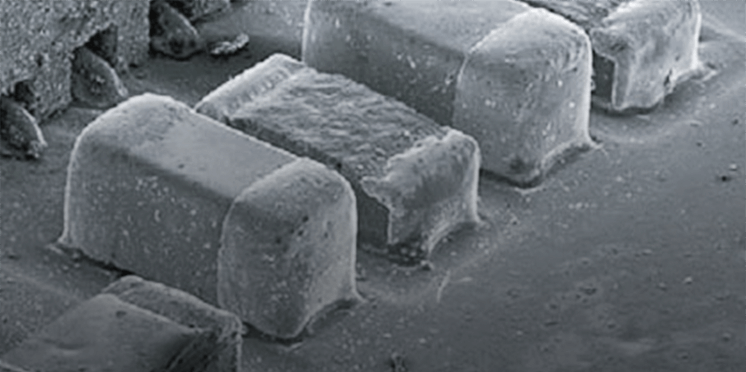phase plate
phase plate
A plate that causes a change in the phase of an electron wave. The phase plate placed at the back focal plane of an electron microscope creates a relative phase change between the transmitted wave and scattered waves from a specimen. By the interference between the transmitted wave and the scattered waves, a phase change due to an object, which is originally difficult to view, can be visualized as an intensity change. Since the phase plate produces the relative phase change effectively at a small spatial-frequency region (corresponding to a long-distance region in the real space), it is effectively used in obtaining high contrast for biological specimen. There are two practically-used phase plates: Phase plate made of a carbon thin film with a controlled thickness having a hole at the center (Zernike phase plate) (Fig. (a)) and Hole-free phase plate (Fig. (b)).

(a) Zernike phase plate, (b) Hole-free phase plate
A Zernike phase plate has a hole where the transmitted wave passes and causes a phase shift of π/2 of scattered waves with respect to the transmitted wave.
A hole-free phase plate does not have any hole, but produces a relative phase change between the transmitted wave and scattered waves. This phase change may be interpreted as follows: The part of the thin film plate which receives the electron beam is electrically charged and suffered by a change in electrostatic potential, and then the phase of the transmitted wave is changed relative to the scattered waves.
Related Term(s)
Term(s) with "phase plate" in the description
Are you a medical professional or personnel engaged in medical care?
No
Please be reminded that these pages are not intended to provide the general public with information about the products.




